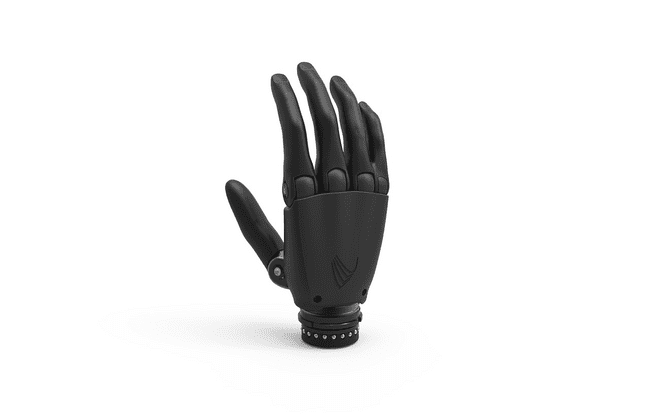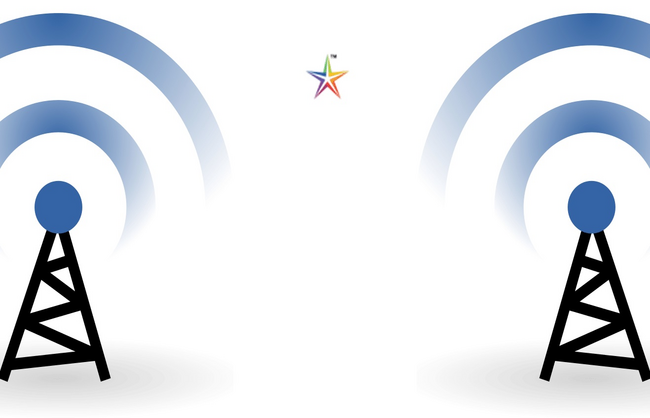Smart Glove Translates American Sign Language (ASL)

Whether it’s MIT’s sweat-detecting workout apparel or Levi’s high-tech jacket that controls smart devices, the wearables industry is starting to get super innovative. The latest head-turning discovery comes out of University of California – San Diego and it’s downright fascinating. Called “The Language of Glove” – UC engineers were able to design a smart glove capable of translating the American Sign Language (ASL) alphabet into text. The coolest part: the glove only cost $100 to make.
“The Language of Glove” Study
Made from the combination of nine stretchable sensor strips, steel thread, a low-power circuit board, and some copper tape, UC’s smart glove is capable of decoding ASL gestures. But if you ask any of the engineers who authored “The Language of Glove” study, their smart glove has wide spread application in Virtual/Augmented Reality (AR/VR), Telesurgery, Technical Training, and Defense. Timothy O’Connor, the first author of the study and nanoengineering Ph.D. candidate at UC San Diego, talked about the potential impact:
“Our ultimate goal is to make this a smart glove that in the future will allow people to use their hands in virtual reality, which is much more intuitive than using a joystick and other existing controllers. This could be better for games and entertainment, but more importantly for virtual training purposes in medicine, for example, where it would be advantageous to actually simulate the use of one’s hands.”
“We’ve innovated a low-cost and straightforward design for smart wearable devices using off-the-shelf components.”
Published in the journal PLOS ONE on July 12th, the UC engineering team was able to design a rather intuitive smart glove made from makeshift components and at the same time, put together a comprehensive encoding study. “Our work could enable other researchers to develop similar technologies without requiring costly materials or complex fabrication methods,” said Darren Lipomi, a nanoengineering professor and member of the Center for Wearable Sensors at UC San Diego.
The Encoding Technology
So how does the smart glove decode ASL gestures? The rather involved process starts with the sensor strips changing their electrical resistance while being stretched out. Based on the position of the knuckles, these sensors are programmed to recognize different letters of the ASL alphabet. In other words, when the wearer signs a certain letter, the glove automatically assigns it a nine-digit binary key that corresponds to that letter. A straight knocked is encoded as “0” and a bent knuckle is encoded as “1”.
According to a recent UC San Diego press release, “the code for ‘A’ (thumb straight, all other fingers curled) is ‘011111111’ and the code for ‘B’ (thumb bent, all other fingers straight) is ‘100000000’.” The team of engineers equipped the glove with accelerometer and pressure sensors in order to distinguish between the letters ‘I’ and ‘J’ – different gestures but the same code. The final step in the encoding process involves the circuit board “converting the nine-digit key into a letter then transmitting the signals via Bluetooth to a smartphone/computer screen.”
Widespread Application
Even though this process seems to be arduous, it’s rather straightforward according to the team of engineers at UC San Diego. The end result is a gesture-based smart glove capable of translating all 26 letters of the ASL alphabet into text. According to Professor Lipomi, the team plans on integrating touch sensors into their glove for the sake of controlling a virtual or robotic hand. This would allow for the sensory information to be sent back to the user’s hands – making any interaction with the robotic hand a fully immersive experience.
Source: UC San Diego





